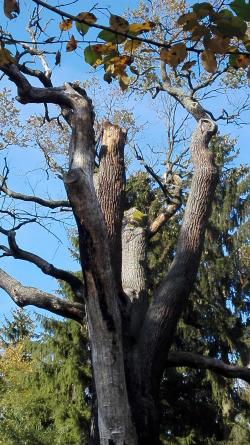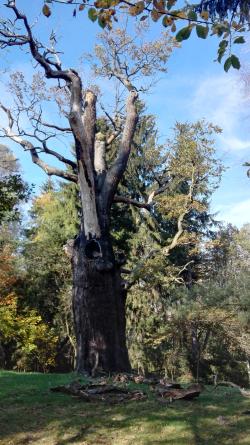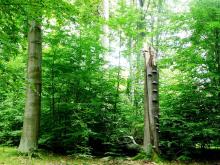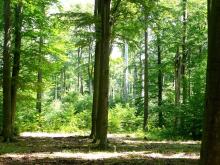 Asset Publisher
Asset Publisher
Areas of protected ecology
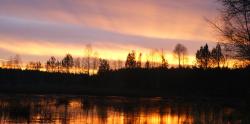 Użytek ekologiczny. Fot. Sebastian Zapolski
Użytek ekologiczny. Fot. Sebastian Zapolski
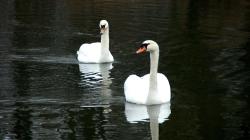 Łabędzie na jednym z użytków ekologicznych. Fot. Sebastian Zapolski
Łabędzie na jednym z użytków ekologicznych. Fot. Sebastian Zapolski
 Użytek ekologiczny. Fot. Sebastian Zapolski
Użytek ekologiczny. Fot. Sebastian Zapolski
 Bagna w starym dorzeczu Bobru. Fot. Sebastian Zapolski
Bagna w starym dorzeczu Bobru. Fot. Sebastian Zapolski
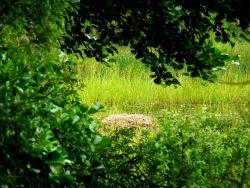 Gniazdo żurawia. Fot. Jerzy Wilanowski
Gniazdo żurawia. Fot. Jerzy Wilanowski
Areas of protected ecology are usually small – little ponds, woodlots, peat bogs, marshes and dunes. They are remains of ecosystems that enable preservation of biological diversity. Currently there are 9 000 areas of protected ecology all over the country with total area of almost 30 000 ha.
Szprotawa Forest District includes 3 areas of protected ecology covering total area of 45.74 ha. The areas are:
- Sowie Bagno (Owl's Bog) – it is located in Małomice commune and forest range. It is a boggy land full of small ponds. The area is covered with bushes and trees, including such species as Oak, Hornbeam, Linden, Poplar and Willow. Interesting plant species, such as Hare's-tail Cottongrass, Common Cottongrass and Common Sundew can be found there.
- Żurawie Bagno (Crane's Bog) – it is located in Małomice commune, in Śliwnik Forest Range. It is a bog with standing water – a habitat for wetland plants, breeding and living place of many species of birds and a hunting ground for White-tailed Eagle.
- Łabędzie Stawy (Swan Ponds) – located in Małomice commune, Śliwnik Forest Range. The area includes an open space within a complex forest area with high plants typical of standing water. It is a breeding place and habitat of Crane, Mute Swan and other marshbirds as well as a hunting ground for White-tailed Eagle.
 Asset Publisher
Asset Publisher
CHROBRY SZYKUJE SIĘ DO ZIMY…
CHROBRY SZYKUJE SIĘ DO ZIMY…
Od pożaru dębu „Chrobry” minęło już niemal trzy lata. Do podpalenia doszło 19 listopada 2014 roku.
Ogień podłożony był we wnętrzu drzewa (pień jest pusty od środka), a następnie przeniósł się przez otwory po usuniętych w latach poprzednich, suchych konarach na stronę zewnętrzną pnia oraz koronę. W związku z powyższym opalona została zarówno zewnętrzna strona pnia jak i jego środkowa część.
Mimo, iż w na skutek pożaru dąb doznał rozległych uszkodzeń, to w minionym okresie wegetacyjnym ulistnienie rozwinęło, się podobnie jak w latach ubiegłych na ¼ głównych konarów. Na ulistnionych konarach nie zaobserwowano dotąd zewnętrznych oznak chorobowych (ubytki kory, owocniki grzybów). Pozostała część korony drzewa jest martwa, pozbawiona całkowicie ulistnienia. Na martwych konarach widoczne są ubytki kory oraz owocniki grzybów.
Przechodzący nad Polską 5-6 października br. orkan Ksawery, również nie oszczędził dębu „Chrobry”. Na skutek porywistych podmuchów wiatru obłamał się jeden z obumarłych, a tym samym kruchych konarów.
Aktualny stan drzewa ilustrują zamieszczone poniżej zdjęcia.
Tekst: Tomasz Śmigielski
Zdjęcia: Dariusz Chełski



